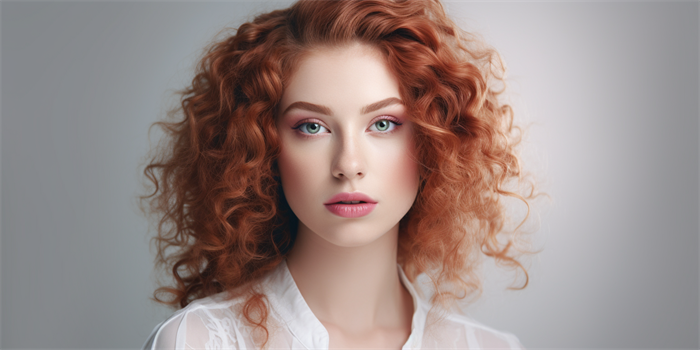Can I Eat Shrimp After Cheek Augmentation in Brisbane?
Cheek augmentation is a popular cosmetic procedure in Brisbane that enhances the contours of the cheeks, providing a more youthful and balanced appearance. After undergoing this procedure, patients often have questions about their dietary restrictions, including whether they can consume seafood like shrimp. This article will delve into the various aspects of post-operative care, focusing on dietary considerations, to provide a comprehensive guide for patients.

1. Post-Operative Dietary Guidelines
Immediately following cheek augmentation, it is crucial to adhere to a soft diet to avoid putting pressure on the surgical site and to facilitate healing. Foods that are easy to chew and swallow, such as pureed vegetables, mashed potatoes, and soups, are recommended. As the healing process progresses, patients can gradually reintroduce more solid foods into their diet.
2. Considerations for Seafood Consumption
Seafood, including shrimp, is generally safe to consume after cheek augmentation, but with certain precautions. Shrimp is a good source of protein, which is essential for healing. However, it is important to ensure that the shrimp is thoroughly cooked to minimize the risk of foodborne illnesses, which can complicate the healing process. Additionally, patients should avoid spicy or heavily seasoned shrimp, as these can irritate the surgical site.
3. Potential Allergies and Sensitivities
Individuals with known seafood allergies or sensitivities should avoid shrimp and other seafood products post-surgery. Allergic reactions can lead to inflammation and other complications that may hinder the healing process. If a patient is unsure about their allergy status, it is advisable to consult with their healthcare provider before consuming shrimp.
4. Importance of Hydration
Hydration is vital for overall health and healing after cheek augmentation. Patients should consume plenty of water and avoid dehydrating beverages such as alcohol and caffeinated drinks. Adequate hydration helps to maintain skin elasticity and supports the healing process, making it an essential aspect of post-operative care.
5. Monitoring for Complications
Patients should be vigilant for any signs of complications after cheek augmentation, such as infection or adverse reactions to food. If any unusual symptoms occur, such as swelling, redness, or fever, it is important to contact the healthcare provider immediately. Prompt attention to these issues can prevent further complications and ensure a smoother recovery.
6. Gradual Reintroduction of Foods
As the healing process progresses, patients can gradually reintroduce a wider variety of foods into their diet. It is important to do this slowly and monitor how the body reacts to each new food. This cautious approach helps to identify any potential issues early on and ensures that the healing process is not disrupted.
FAQ
Q: How long after cheek augmentation can I start eating solid foods?
A: Typically, patients can start introducing solid foods into their diet about a week after the procedure, but this may vary based on individual healing progress.
Q: Is it safe to eat shrimp if I have no known allergies?
A: Yes, as long as the shrimp is thoroughly cooked and not heavily seasoned, it is generally safe to eat. However, always consult with your healthcare provider if you have any concerns.
Q: What are the signs of infection after cheek augmentation?
A: Signs of infection may include increased swelling, redness, fever, or discharge from the surgical site. If you experience any of these symptoms, contact your healthcare provider immediately.
Q: Can I drink alcohol after cheek augmentation?
A: It is advisable to avoid alcohol for at least a week after the procedure, as it can dehydrate the body and interfere with the healing process.
By following these guidelines and consulting with their healthcare provider, patients in Brisbane can safely navigate their dietary choices after cheek augmentation, ensuring a smooth and successful recovery.




